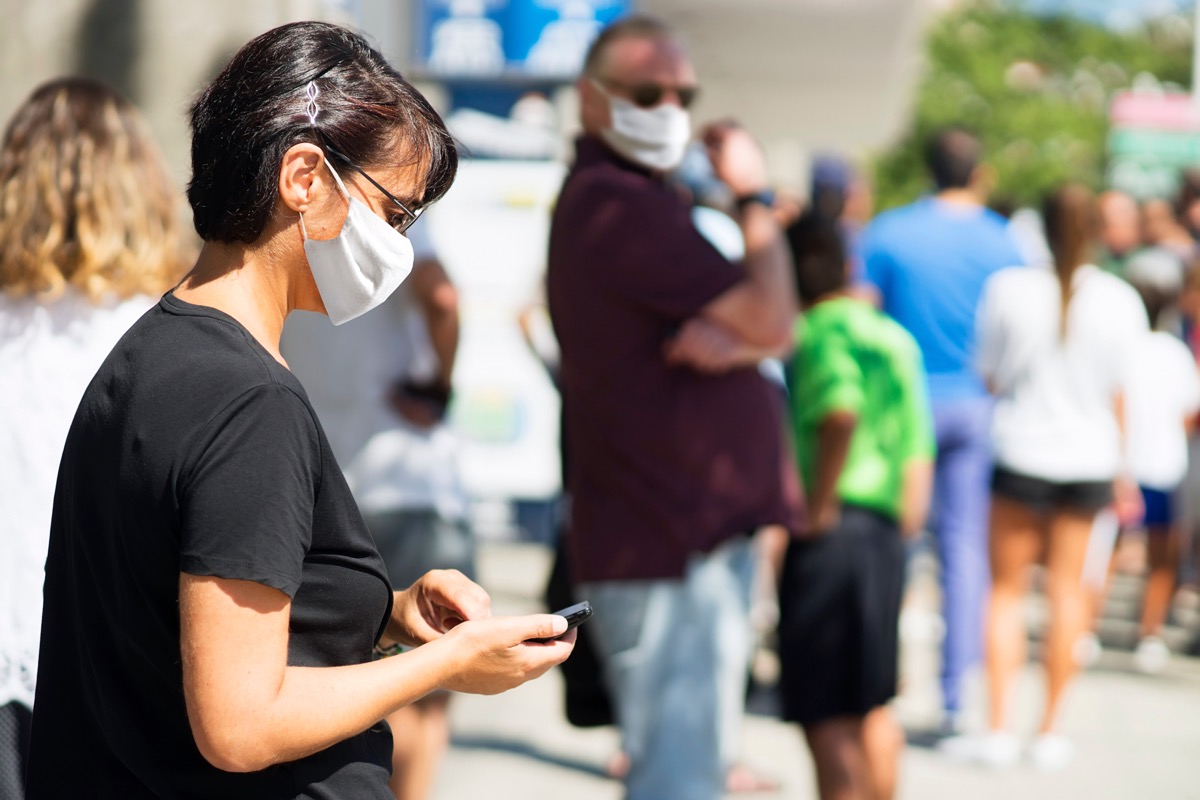In an Aug. 11 Twitter thread, Ashish Jha, MD, director of the Harvard Global Health Institute (HGHI), pointed to issues in testing as a significant reason why Texas cannot get coronavirus under control. “Over the past few days, data from TX has gone from bad to worse. And I don’t understand. Why is testing falling off a cliff?” Jha tweeted. According to The Texas Tribune, an average of 36,255 tests were administered daily during the week of Aug. 2 in Texas, down almost 42 percent from two weeks prior when the average number of tests given daily was 62,516. While the state is performing only a fraction of the tests needed, the percent of positive cases is a “crazy high number,” according to Jha—around 24 percent. On Aug. 8, Texas set a record for its positivity rate. Per The Texas Tribune, the state reported more than half of the day’s roughly 14,000 tests were positive. Texas has the third-highest Rt—the average number of people who become infected by an infectious person—in the country, according to rt.live.ae0fcc31ae342fd3a1346ebb1f342fcb COVID-19 Projections suggests that Texas has around 70,000 new COVID cases daily—10 times more cases than are being identified and reported. In other words, “they are missing 90 percent of the cases,” writes Jha. Without identifying the bulk of cases, addressing and containing the virus is virtually impossible. “Texas is in uncharted territory” due to a culmination of a dramatic drop in testing, cases plateauing at a high level, and a spiking percentage of positive tests, Jha notes. If the state does not implement more rigorous restrictions and improve testing, he predicts hospitalizations and deaths will rise again soon. RELATED: For more up-to-date information, sign up for our daily newsletter. Although health experts say they cannot be sure about why there has been a dip in testing in Texas, they have theories. Health economist Vivian Ho told The Texas Tribune that the volume of testing in Texas has “never been great,” but the recent drop in testing is “extremely troubling.” She believes the decrease in testing could be a result of Texans being discouraged by the long wait for test results, or possibly less concerned about the virus after the spike in cases in July plateaued. If Texas wants to mitigate coronavirus levels, Jha insists the state must implement a mask mandate, keep bars closed, pause indoor gatherings, postpone making decisions about reopening schools until the outbreak is under control, and, most importantly, “fix testing so more rapid turn-around testing is available.” And for more on states struggling to contain their outbreaks, This State Is Now Experiencing the Worst COVID Spike in the U.S.
